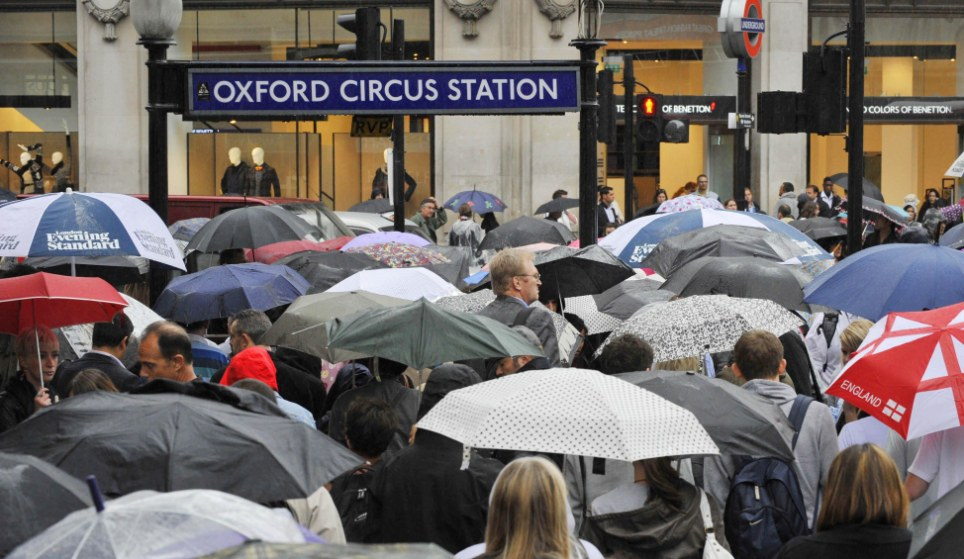
Higher taxes and political and economic uncertainty have continued to suppress prime London residential values throughout 2016, according to new research from Savills.
However, as prices have become more aligned with buyer expectations of value, the market has become more fluid, says real estate firms report.
Average house prices across the prime property market in London fell by 2.2% in the final three months of 2016, leaving values down 5.8% since their peak in 2014 just before the stamp duty increases in the Autumn Statement and subsequent announcement of a 3% surcharge on additional homes effective from April 2016.
The highest value markets of prime central London continue to be most impacted by the stamp duty effect, with prices down by an average of 6.9% year on year. This leaves prices down 12.5% in total since their June 2014 peak.
By contrast, in outer prime London, where the average value is just below £2m, prices fell 2.3% over the fourth quarter of 2016 and are now 4.6% down from their peak in September 2015.
"Interest rates staying lower for longer, preserving affordability for those with a mortgage, has meant the outer prime London markets have held up more strongly against increased transaction costs than the prime central London market, which peaked over a year earlier in June 2014," said Lucian Cook, head of UK residential research at Savills.
He explained that there was a scarcity of transactions over the late spring and summer months following the race to beat the introduction of the 3% surcharge. ‘But further price adjustments, coupled with the currency play for international buyers, appears to have triggered greater buyer commitment and prime London sales volumes picked up significantly in September, October and November before easing back in December,’ Cook explained.
According to data from LonRes, central London sales of properties worth over £1m were 21% down year on year in 2016. In the three months to the end of July sales volumes were running at about half of the level compared to the same period in 2015, but in the last quarter of the year had recovered to within 16% of 2015 full year numbers.
Savills own market intelligence suggests that from January to the end of November there were around 320 sales worth over £5m in London, with a total of over £3.7bn spent in this part of the market. In volume terms, sales were 17% below those in this bracket in the same 11 month period of 2015.
Cook also pointed out that contrary to some reports, the very top end of the market has been more active than in 2015. In the 11 months to the end of November, £1.43bn was spent on properties worth over £20 million, compared to £1.07bn in 2015.
"Recent market activity demonstrates the continued appeal of prime London property at the right price but buyer sentiment remains fragile. Increased transaction levels are the result of adjusted pricing and should not be seen as a precursor to price rises in the foreseeable future," Cook said.
"High stamp duty rates and the uncertainty created by negotiations to leave the European Union will still need to be factored into expectations on value," he added.



